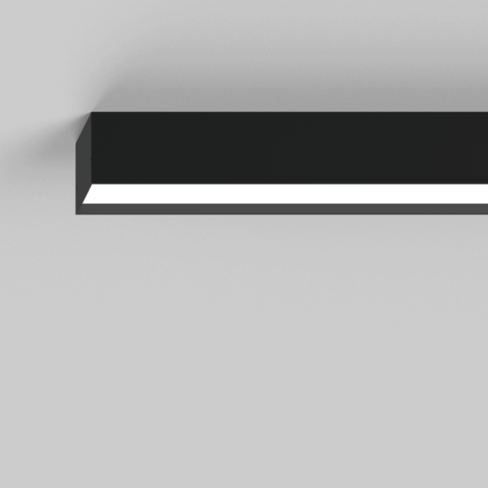Ball-proof luminaires
XAL marks ball-proof luminaires in the catalogue, on the website and in the data sheet with the ball symbol.
What makes XAL ball-proof luminaires different?
XAL ball-proof luminaires are noted for clean, simple design, high efficiency, options for dimming and very high colour rendering and a low loss of luminous flux over the useful life.
Key points to consider
Activities in sports halls and gyms often involve fast-moving balls whose kinetic energy can damage electrical equipment. Apart from the loss of function, parts of the luminaire can also fall and injure people. The technical requirements are specified in the standard DIN 18032-1: Halls and rooms for sports and multi-purpose use – Part 1: Planning principles. Luminaires and their accessories, such as mounting rails, must be sufficiently ball-proof. The test conditions for ball impact resistance of sports hall luminaires are described in DIN 18032-3 and DIN 57710-13 Luminaires with operating voltages below 1000 V, Luminaires safety to ball throwing. A ball-shooting device is used to test the luminaires accordingly. The luminaires must not show any significant damage after a total of 36 handball shots from three directions at an impact speed of around 60 km/h. Critically, the luminaires must not break and no parts must fall down during the test.
Points to consider during assembly
Ball-proof safety when installing surface mounted and recessed units can only be ensured if the manufacturer's instructions in the assembly leaflet are observed. It is essential to ensures units are properly screwed to the wall or ceiling.
Where are these luminaires used?
Ball-proof luminaires are suitable for all sports halls and gyms and ensure safety during ball sports using ball sizes from handball size upwards. They are not suitable for indoor tennis courts and sports with similarly small size balls. Only luminaries with closed prism covers or with suitable grilles should be used in tennis halls. Due to the diameter of tennis balls of ~ 65 mm, the grille spacing should be correspondingly narrow. In facilities with even smaller balls, e.g. squash courts, only closed luminaires are permitted.





